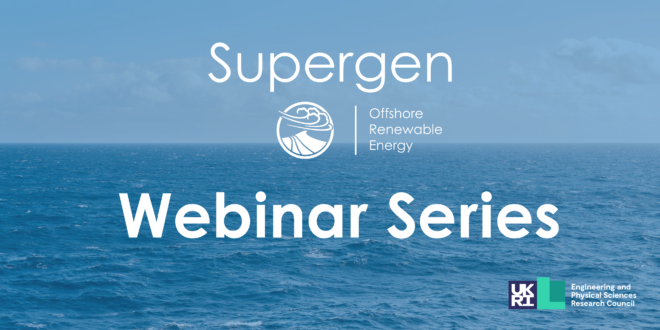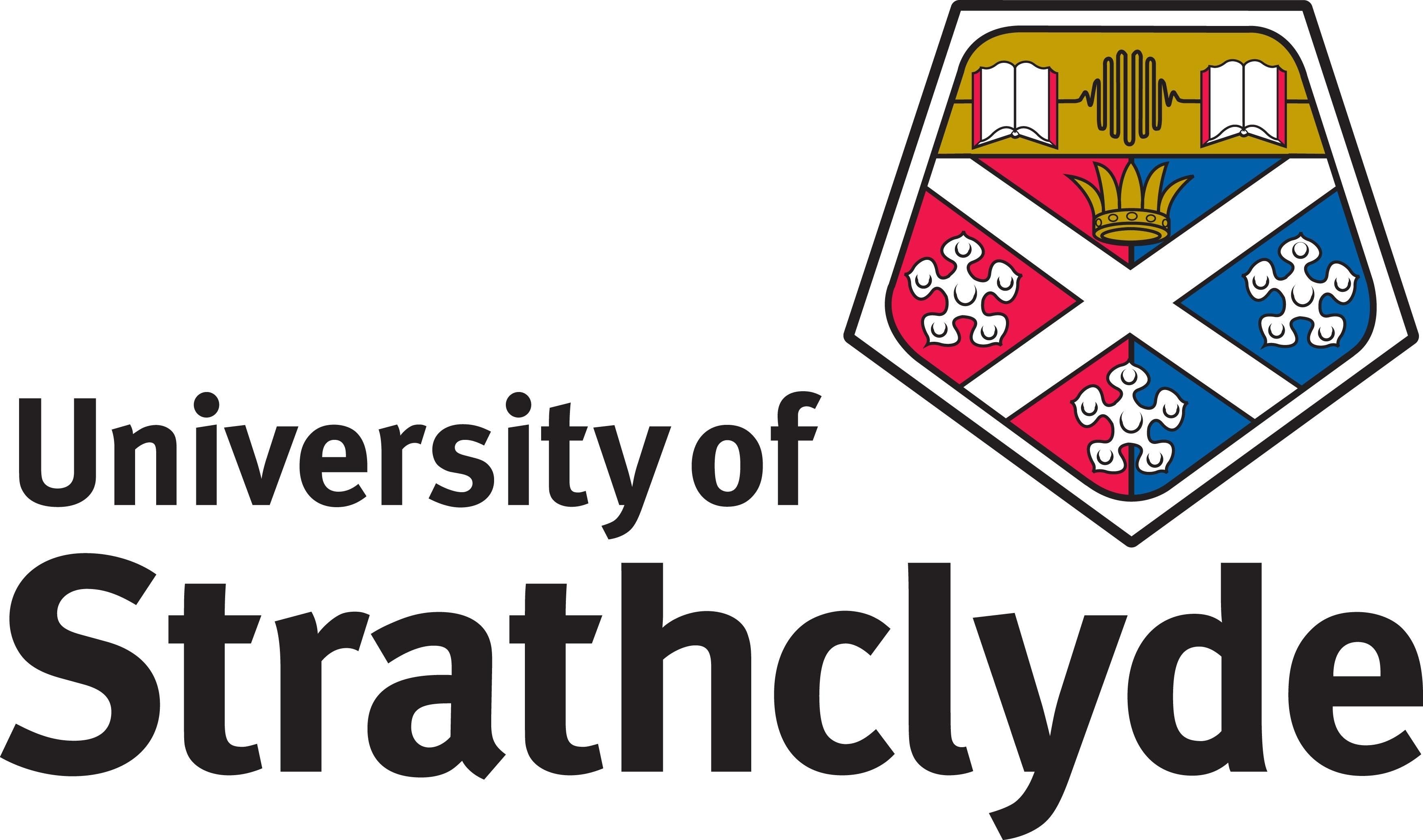Offshore wind turbines are becoming larger in capacity and size. Siemens Gamesa and GE revealed their plans to develop 12 and 14 MW wind turbines with rotor diameters of over 220 meters. As offshore wind turbine geometries become larger, damages in the rotor blades are more likely to occur given the variability of the wind patterns over a larger rotor area. Advances in understanding and modelling turbine blade failure opens up the possibility of exploiting different damage modes to overcome limitations in design functionalities and applications.
In this ambitious project, a paradigm shifting solution is proposed to produce high performance hybrid composites that retain their integrity even after substantial damages. The aim is to achieve optimal failure scenarios in wind turbine blades with new hybrid composite architectures that increase the safety and performance of the blades when they are exposed to a variety of extreme loading patterns. To achieve damage tolerance, the failure process will be altered to absorb energy and reduce laminate stiffness without immediately resulting in full through thickness cracks.











